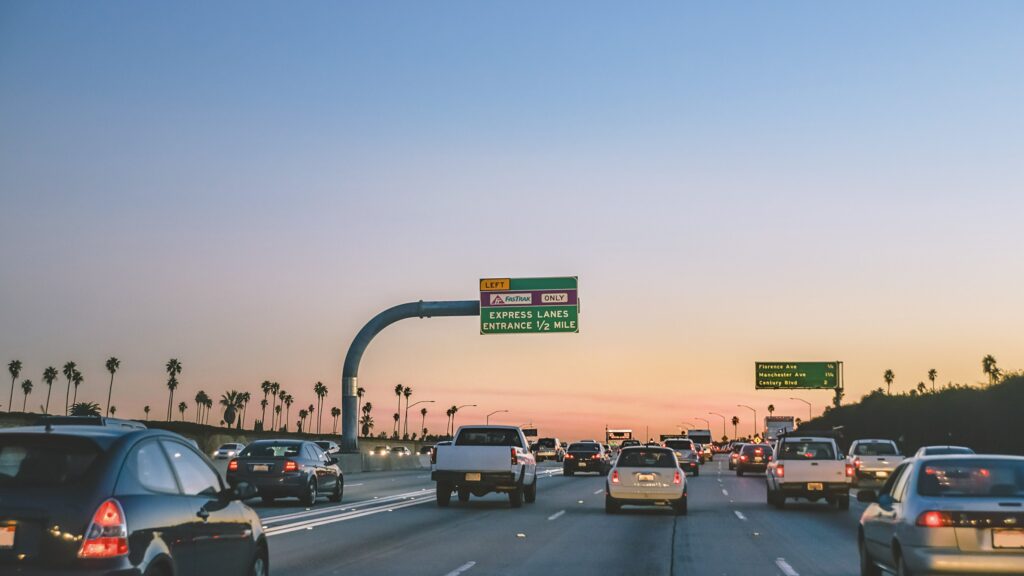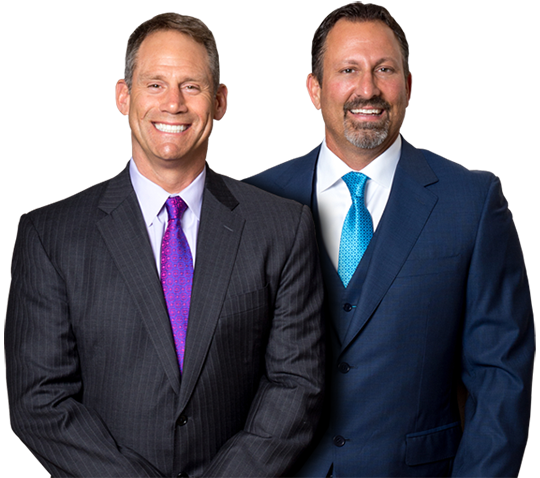
Los Angeles is a bustling city with a large population. It is also home to some of the most prestigious colleges and universities in the country, with institutions like the University of California, Los Angeles (UCLA), and University of Southern California (USC). While these campuses offer top-tier education, they also contribute to the chronic traffic congestion in L.A. One significant concern for motorists driving around UCLA and USC is L.A. college campus car accidents.
Thousands of college students, faculty, and staff driving at these large universities can naturally lead to car wrecks happening on a regular basis. Furthermore, the USC campus is located near the busy I-10 and I-110 freeways, while UCLA is close to the busy I-405. Along with automobile collisions and crashes, there are also many pedestrians and bicycles on college campuses which adds further danger. In this blog, the Los Angeles car accident lawyers at Lerner and Rowe offer some campus driving safety tips for drivers, pedestrians, and bicycle riders.
How to Avoid Los Angeles College Campus Car Accidents
Safety Tips for Drivers to Avoid L.A. Campus Car Collisions
- Drive slowly and carefully: college campuses are often crowded with pedestrians and cyclists. It is important to always obey the speed limit and drive carefully to avoid a car wreck.
- Be aware of blind spots: you should always be aware of blind spots, but you should pay extra close attention when driving on a college campus like UCLA or USC. A pedestrian or cyclist could appear in your blind spot before you know it.
- Park in designated parking areas: avoid parking in illegal areas, such as on sidewalks or in bike lanes. This can create hazards for other drivers and pedestrians, causing L.A. college car accidents.
- Be careful when entering and exiting parking lots: parking lots can be busy and congested. Be sure to yield to other drivers and pedestrians when entering and exiting parking lots.
- Avoid distracted driving: distracted driving is a leading cause of collisions, so it’s crucial to focus on the road when you’re behind the wheel. Avoid texting, talking on the phone, or eating and drinking while driving.
- Be aware of intoxicated pedestrians: alcohol and drug use is common on college campuses. This can lead to intoxicated pedestrians who are not paying attention to traffic.
Safety Tips to Avoid Pedestrian vs. Auto Accidents
- Use crosswalks and obey traffic signals: it is important to use crosswalks and obey traffic signals when crossing the street. Always look both ways before crossing the street. This is one of the easiest ways to help prevent L.A. college campus car accidents.
- Avoid wearing headphones or earbuds when walking: this will help you to be more aware of your surroundings and hear traffic coming.
- Be aware of your surroundings and avoid distractions: always be aware of other pedestrians and cyclists. Avoid distractions like looking at your phone while walking.
- Don’t assume that drivers see you: even if you’re crossing at a crosswalk and have the right-of-way, it’s important to make eye contact with drivers and be sure that they see you before crossing.
- Be prepared for heavy traffic: L.A. is known for its traffic jams, so it’s important to be patient and be aware of your surroundings when crossing the street.
Safety Tips for Bicycle Riders
- Avoid riding in blind spots: stay behind the front wheels of the car in front of you and avoid riding next to large trucks or buses.
- Be visible: wear bright clothing and use lights at night and in low-visibility conditions. If you plan riding at night frequently, install a light on your bicycle or use reflective accessories.
- Be prepared for unexpected situations: drivers may not see you or may not be paying attention. Be prepared to swerve or stop suddenly if necessary. This is especially important when riding in congested areas like a college campus.
- Use bike paths and bike lanes: stay on designated bike lanes and paths whenever possible. Bike paths and lanes are there for a reason; to help keep you safe and prevent collisions.
Other Ways to Stay Safe on Campus
- Use rideshare services: ride-sharing services such as Uber and Lyft can be a convenient way to get around campus, especially at night.
- Carpool: if you live off campus, find a carpool partner. Carpooling to college campuses is a great way to save money, reduce traffic, and help the environment.
- Know student safety resources: both UCLA and USC have student safety resources available, such as police departments, ride escorts, and emergency call boxes on campus.
- Walk in groups: there’s safety in numbers. Walk in a group or use the buddy system, especially if you go out at night.
- Stay in well-lit areas: always stay in well-lit areas, when possible.
- Report suspicious activity: if you see something, say something. Report suspicious activity to campus security or the local police.
Injured in a L.A. College Campus Car Accident? Call Lerner and Rowe
By following these tips, you can help to create a safe environment and help prevent L.A. college campus car accidents. Just because you’re staying safe and trying to prevent a collision doesn’t mean everyone else will. If you or a loved one are injured in a campus car crash caused by the negligence or recklessness of another, the Los Angeles personal injury lawyers at Lerner and Rowe can help you get the compensation you deserve. Contact us today for a free case consultation.
Our team has more than 240 years of combined legal experience, has a track record of recovering billions for our clients nationwide, and we are ready to help you win!
Our staff is available 24/7 to being your free consultation by phone at 310-INJURED and online via LiveChat or encrypted contact form.



